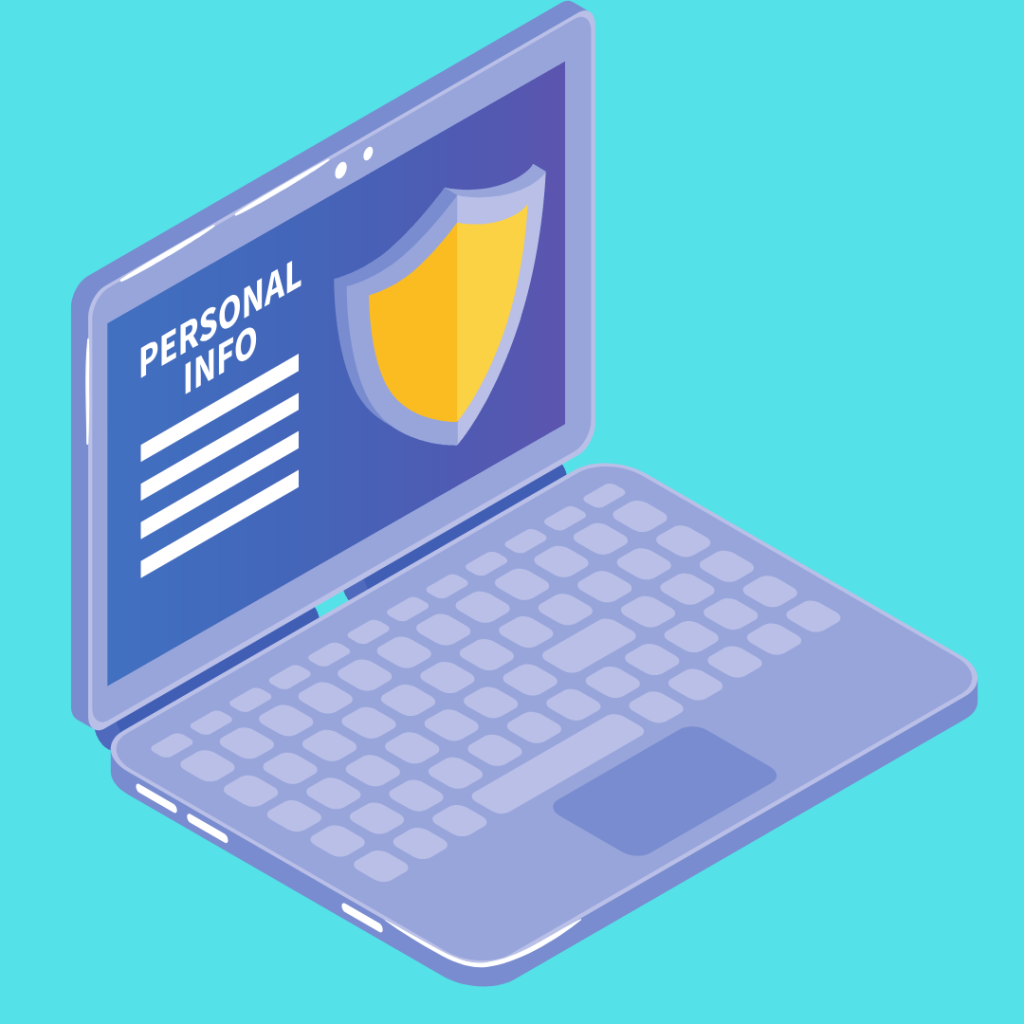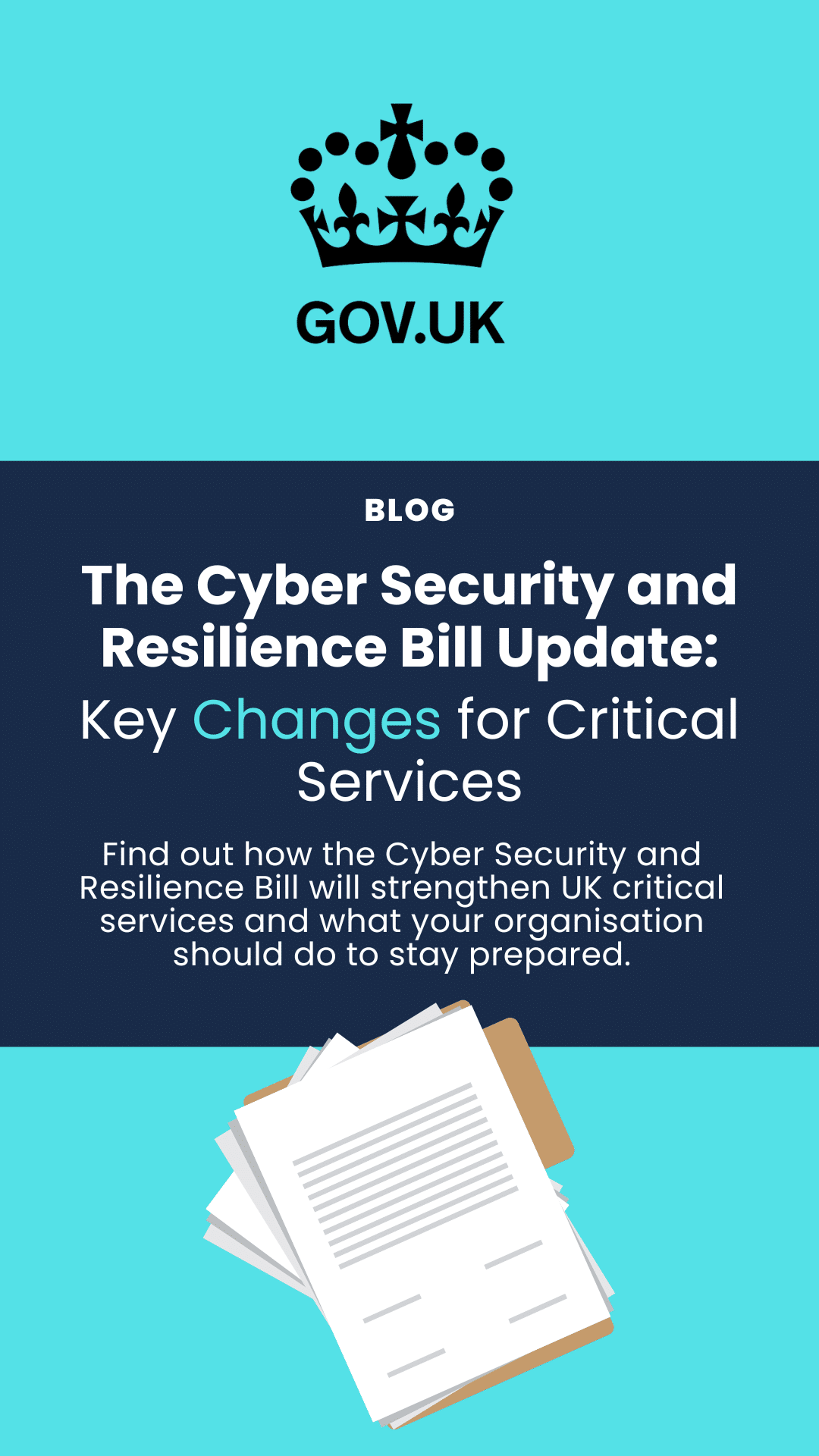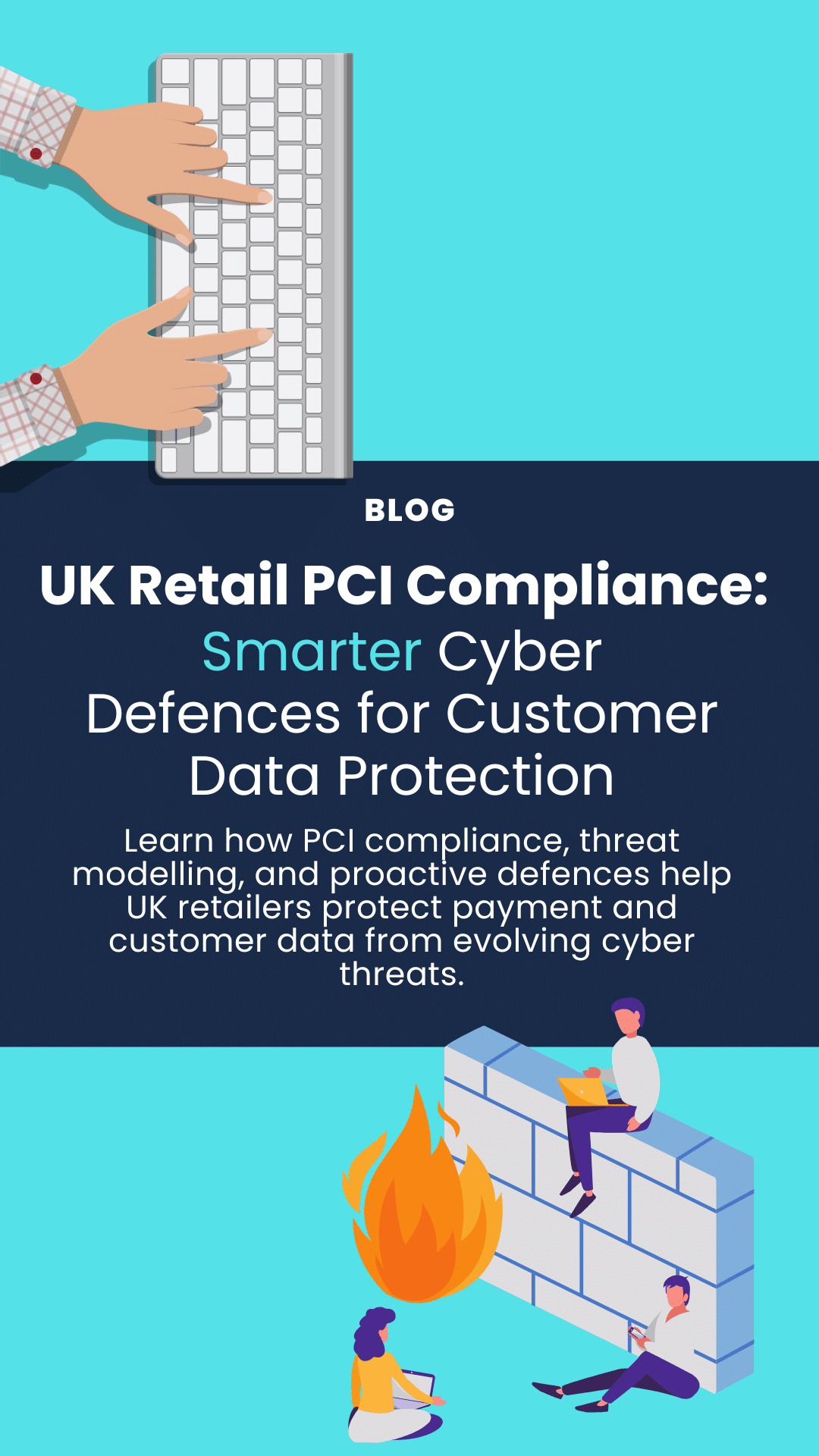Is running a vulnerability scan every now and then the best way to protect your business? Doing so can make the process of managing your vulnerabilities and protecting yourself much harder.
A continuous approach to vulnerability testing can lead to effective:
- Management
- Resource usage
- Better reporting and visibility
Traditional point-in-time security assessments and ad-hoc vulnerability management fall short in addressing emerging threats. A paradigm shift toward continuous vulnerability testing and continuous vulnerability management is crucial.
This blog talks about the benefits of using a continuous approach. Let’s explore how proactive security practices such as ongoing security testing can enhance your protection.
1. Strengthen security posture
Continuous vulnerability testing and management enable organisations to adopt a proactive stance toward information security. Continuous security measures constantly monitor and identify vulnerabilities, unlike point-in-time assessments that only provide a snapshot.
Regular pen testing, and continuous vulnerability scanning allow you to gain real-time insights into your security gaps. You can then make informed decisions to strengthen your security posture over the long term.

2. Comprehensive vulnerability management process
It encompasses a holistic approach to vulnerability management. It involves finding weaknesses in web applications and networks, ranking them by severity, and fixing them.
By combining continuous penetration testing and vulnerability scanning, you can create a thorough vulnerability management process for ongoing security enhancement.

3. Early detection of emerging threats
The threat landscape is in a constant state of flux, with new vulnerabilities and attack techniques emerging regularly. Ad-hoc processes struggle to keep pace with these changes.
Continuous vulnerability testing allows organisations to stay one step ahead by leveraging real-time scanning and testing methodologies. This approach helps security teams find weaknesses quickly.
It also helps them adjust security measures. As a result, it leads to early detection and prevention of new threats.
4. Cost-effectiveness and time efficiency
While continuous vulnerability testing requires ongoing efforts, it offers long-term cost-effectiveness and time efficiency. Ad-hoc vulnerability assessments often demand significant resources in terms of time and manpower.
On the contrary, continuous vulnerability scanning, continuous penetration testing, and vulnerability remediation streamline the process, ensuring efficient resource utilisation.
You can save money by finding weaknesses early and fixing them quickly. These weaknesses can lead to possible data breaches, system downtime, and harm to your reputation.
5. Minimised window of opportunity for attackers
Ad-hoc processes can expose you to vulnerabilities for extended periods, creating a significant window of opportunity for attackers. Continuous vulnerability testing minimises this risk by swiftly identifying vulnerabilities as they emerge. You can quickly fix these weaknesses and add security measures, reducing the chance for attackers to exploit them.
6. Continuous testing can lead to effective threat management
An ad-hoc approach to vulnerability testing is much harder to integrate into an effective vulnerability management system. Continuous vulnerability testing helps in creating a system that coordinates threat response.
It also helps in making priority lists, applying patches and updates, and following compliance rules. Continuous vulnerability testing with a management system helps plan and implement solutions to protect your business all year round.



7. Demonstrate return on investment through better reporting
It can help produce in-depth reports that cover specific time periods, useful for illustrating return on investment.
If you casually measure return on investment, there may be long periods where you can’t see what’s happening. As a result, you won’t be able to draw detailed conclusions about your business’s security.
8. Avoid stretching resources due to vulnerability backlogs
An ad-hoc testing approach can leave your business with large backlogs of vulnerabilities and threats. During long gaps between scans, problems can accumulate.
When you perform another scan, you may find many more vulnerabilities. In order to address these issues, you will have to allocate a lot of time and resources.
This can cause a large strain on your business at one time, and other aspects of your business could suffer. By continuously testing vulnerabilities, you can spread out the effort to fix problems over time. This reduces the impact on productivity and prevents a backlogs. Instead of fixing vulnerabilities all at once after your annual scan, you can address them as they arise.
9. Build a realistic and comprehensive picture of your security position
It is important to remember that running a vulnerability test does not provide security itself. It’s crucial to find areas that need updates, fixes, and changes. Taking action after vulnerability scanning improves your business’s security.
To know what actions to take, you need a complete understanding of your system. Ad-hoc tests give limited security information, while continuous testing provides a comprehensive view of your IT ecosystem over time.
Let’s put things in context: How can this help a ‘real’ business?
A continuous testing approach is a game-changer for financial institutions like XYZ Bank.
Here’s the deal: XYZ Bank takes the initiative to scan their network, web apps, and payment systems to find any weak spots before those sneaky hackers get a chance to exploit them.
This proactive approach is all about safeguarding customer financial data, reducing the risks of data breaches and unauthorised access. It’s not just about meeting industry standards like the PCI DSS, but also building trust with partners and customers.

But that’s not all! By keeping their eyes peeled for emerging threats, XYZ Bank stays one step ahead. This means they can update their defences pronto, making sure security incidents don’t leave a hefty dent in their pockets.
Plus, they’re pretty smart about resource allocation. They prioritise vulnerabilities based on how serious they are, tackling the crucial ones first. It’s a strategy that makes their security investments work wonders and keeps those pesky risks at bay. Continuous vulnerability testing demonstrates XYZ Bank’s dedication to security, gaining customer trust and an advantage in the finance industry.
Now, here’s the scary part: If they ignore continuous vulnerability identification, they’re practically rolling out the red carpet for security risks.
Imagine this: cyber-criminals waltzing into their online banking portal without so much as a knock on the door.
How? By exploiting known vulnerabilities, of course.

That leads to a whole bunch of problems:
- Hacked accounts
- Unauthorised transactions
- Malware or ransomware wreaking havoc
- Financial losses/penalties
- Even legal troubles
That’s why continuous scanning, testing and management are like the superheroes of security. They help XYZ Bank quickly spot and fix vulnerabilities, safeguard customer accounts, implement critical security controls, and keep those financial and legal risks from crashing the party.
Can ongoing security testing shape the future of your security?
Regularly testing for vulnerabilities and managing them comprehensively has significant benefits compared to sporadic evaluations. By being proactive and careful, you can strengthen your security defences and greatly reduce the risk of malicious attacks. Detecting potential threats early on also allows for more efficient allocation of resources and better safeguarding measures.
Continuously testing systems for vulnerabilities is crucial for establishing strong security protocols and protecting sensitive information. It is also essential for the long-term success of your efforts in information security.
If you would like to chat to our team of security experts about how your business can benefit from continuous vulnerability testing, you can call us on 0121 663 0055, start a live chat or email enquiries@equilibrium-security.co.uk.
Ready to achieve your security goals? We’re at your service.
expertise to help you shape and deliver your security strategy.



